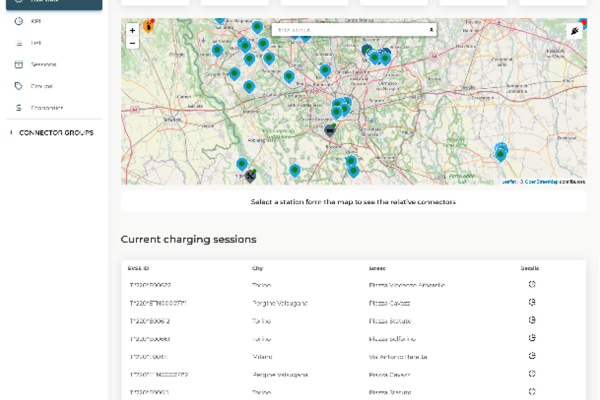 EY outlook for European car sales 2015
EY outlook for European car sales 2015
AS we move into 2015, the European car market remains fragile.
Although economic indicators paint a positive picture, the political uncertainty in Russia and Greece continue to pose a risk.
In terms of fuel mix, even though diesel-powered vehicles dominate most European markets, consumers are gradually moving away from diesel cars
We expect car sales to witness moderate growth of 3%-4% in 2015, as the economy continues on its path of recovery, leading to a revival in consumer sentiment. After a strong 2014, compact car sales for volume brands are expected to witness dampened growth in 2015, owing to lack of model launches, and growing competition from premium compact cars and small crossovers.
In terms of fuel mix, even though diesel-powered vehicles dominate most European markets, consumers are gradually moving away from diesel cars as governments such as the UK and France, are increasingly becoming wary of air pollution problems caused by diesel-powered engines.
The current capacity utilization in the EU is around 60%-65%, with mass car manufacturers combating overcapacity, and premium car makers running at full steam. Even though automakers have been taking measures such as shuffling production of models around plants and shifting production overseas to improve capacity utilization, capacity levels are expected to reach 75%-80% by 2020.
We also remain cautious about the ability of new car sales to return to their pre-crisis levels by the end of this decade.
Q1 EU sales overview
After rising for the first time in seven years in 2014, car sales in the EU continued their growth story during the first quarter of 2015. March marked the 19th consecutive month of growth (the longest stretch of rise on record).

The growth was driven by decline in oil prices, weak Euro, rising consumer sentiment on the back of a recovering economy, declining unemployment, and the ECB’s commitment to provide stimulus to the market.
However, self-registrations remain a significant area of concern, as they continue to distort the true level of demand.
The EU economy grew 0.4% q-o-q during the fourth quarter of 2014, marking the seventh consecutive quarter of growth, after an 18-month recession.
The growth came on the back of lower oil prices, a weaker Euro, and stimulus measures by the ECB, which also led economic confidence to rise to a seven-month high in February.
Meanwhile, the unemployment rate declined to 9.8% in February, marking the lowest rate recorded since September 2011.








